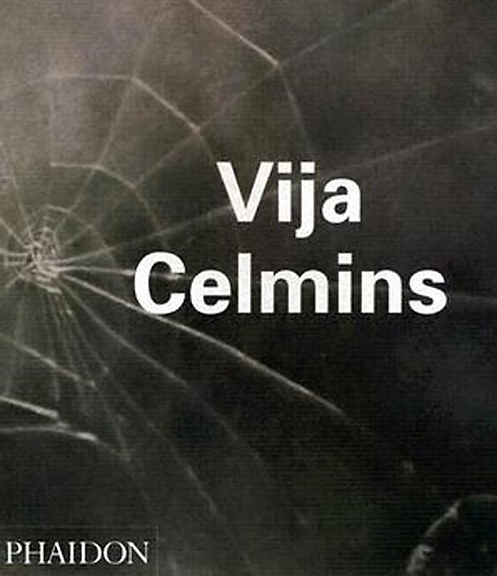-
Книги
- Нонфикшн
- Гуманитарные науки
- Деловая литература
- Естественные / Точные науки
- Книгоиздание
- Лайфстайл
- Словари / Энциклопедии
- Художественная литература
- Детектив
- Драматургия
- Классическая проза
- Мифология. Эпос
- Поэзия
- Собрания сочинений
- Современная художественная проза
- Фантастика. Фэнтези
- Биографии / Мемуары
- Графические романы / Комиксы
- Детские книги
- Воспитание. Педагогика
- Детский досуг
- О детских книгах
- Познавательная литература
- Художественная литература для детей
- Журналы / Зины
- Архитектурные
- Гуманитарные
- Журналы о моде
- Зарубежная периодика
- Искусство / Фотография
- Кино / Театр
- Лайфстайл
- Книги «Подписных изданий»
- Книги на иностранных языках
- Английский язык
- Испанский язык
- Итальянский язык
- Книги на иностранных языках для детей
- Немецкий язык
- Финский язык
- Французский язык
- Шведский язык
- Книги о кино
- Книги о музыке
- Книги о средневековье
- Книги о театре
- Книги о фотографии
- Книги об искусстве / Книги об архитектуре
- Альбомы по искусству
- Архитектура
- Декоративно-прикладное искусство
- Живопись
- Искусствоведение
- Орнаменты
- Прочее
- Танец
- Татуировка
- Творческое развитие
- Книги по философии
- Кулинарные книги
- Николай Солодников рекомендует
- Предзаказ
- Про дизайн / Про моду
- Путеводители / Книги о путешествиях
- Канцелярские товары
-
Подарки
- Брошки и значки
- Гирлянды
- Закладки
- Игры
- Календари
- Наклейки
- Наши сувениры
- Открытки
- Всякие-разные
- Наборы открыток
- Поздравления
- Про любовь и другие хорошие чувства
- С писателями и поэтами
- С цветами, овощами и фруктами
- С цитатами и другими фразами
- Подарочные сертификаты
- Постеры
- Прочее
- Сумки и шоперы
- Упаковка
- Подарочные сертификаты
Адрес магазина: Санкт-Петербург, Литейный пр., 57
Vija Celmins
| Издательство | PHAIDON |
|---|---|
| Год издания | 2004 |
| Переплет | Мягкий |
| Страниц | 160 |
| Формат | 250x290 мм |
| Язык | Английский |
| ISBN | 978-0-71484264-6 |
| Артикул | 1157315 |
The magnificent artworks of the Latvia-born, U.S.-based Vija Celmins (b.1938) all testify to her undying fascination with the world around her - whether commonplace objects in her studio, the natural landscapes of her adopted California, or the pebbles beneath her feet. Primarily a painter of still life and landscape, Celmins is associated with 1960s Pop art and often uses photographs to create her signature 'impossible images', such as just-fired revolvers or exploding airplanes.
Temporarily abandoning painting in the 1970s, Celmins turned her attention to drawing exquisite graphite seascapes and other vast natural landscapes. Like the night skies she began in the 1980s, the artist explains, hers are 'unbound spaces' wrestled into two-dimensions. As with her later spider webs, Celmins often blurs the boundaries of photography, painting, printmaking and drawing.
Now based in New York, Celmins has exhibited widely since the 1960s in museums such as the Whitney Museum of American Art, New York; the ICA, London; Museu Nacional Centro de Arte Reina Sofia, Madrid; and the Museum fur Moderne Kunst, Frankfurt.
In the Interview noted artist Robert Gober speaks with Celmins about their differing studio habits and the sources behind her work. Critic Lane Relyea surveys the artist's long and unique career with emphasis on her formative early paintings. Art historian and theorist Briony Fer in her Focus takes a deep look into Night Sky no. 19 (1998). In parallel to Celimins' own limitless depiction of the world, the Artist's Choice is Jorge Luis Borges' tale Funes the Memorious, about the vastness of human memory. Arists Writings include excerpts from her important 1991 interview with artist Chuck Close.
Подписка на рассылку
Мы будем присылать вам обзоры книг, промокоды и всякие-разные новости


